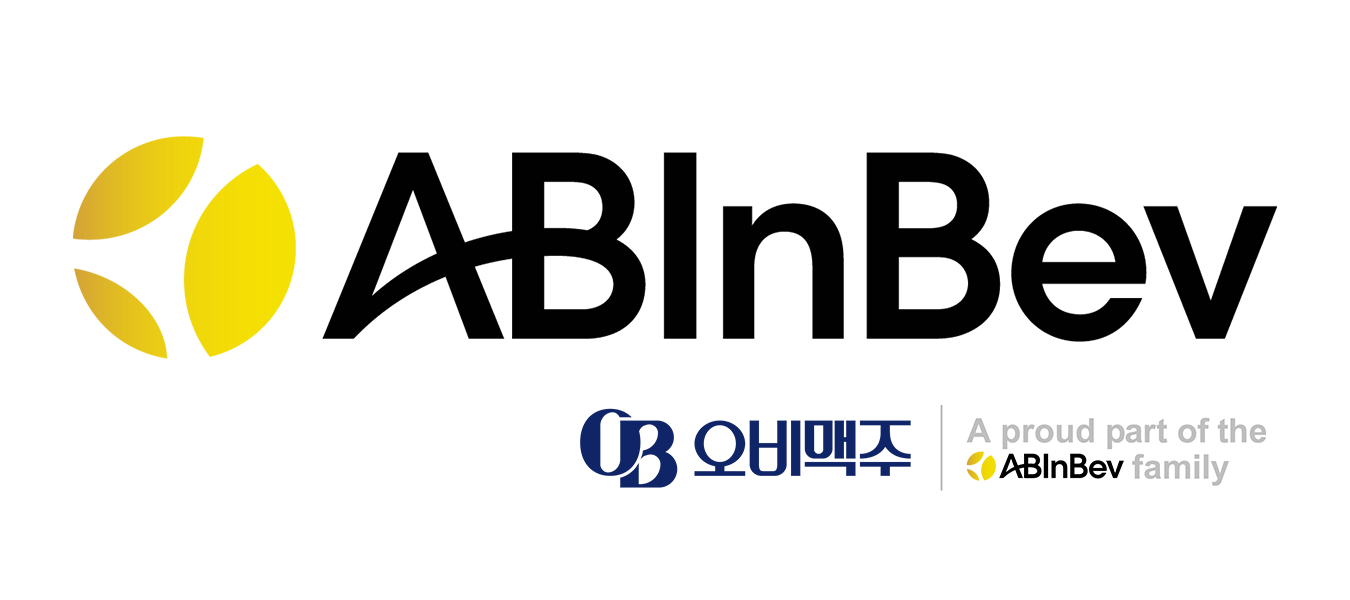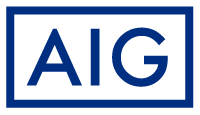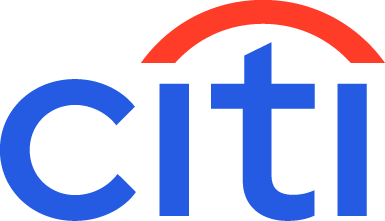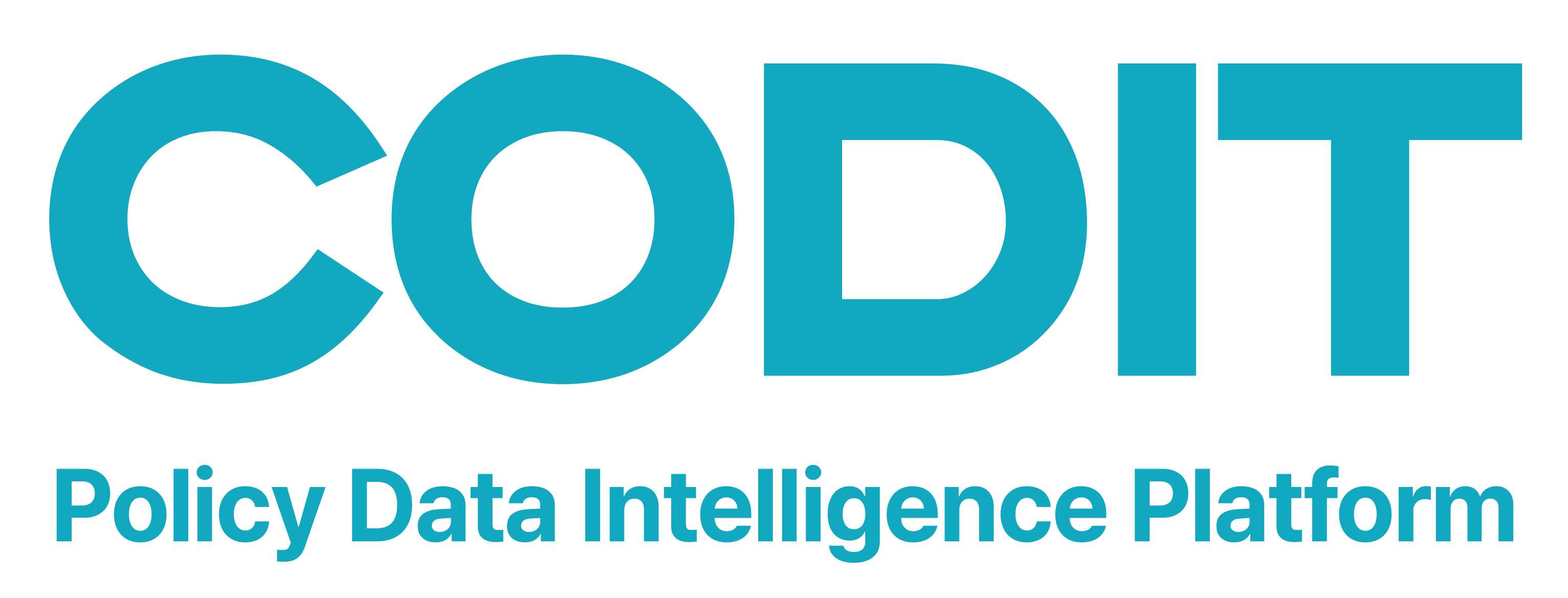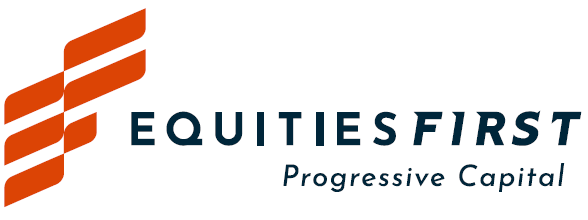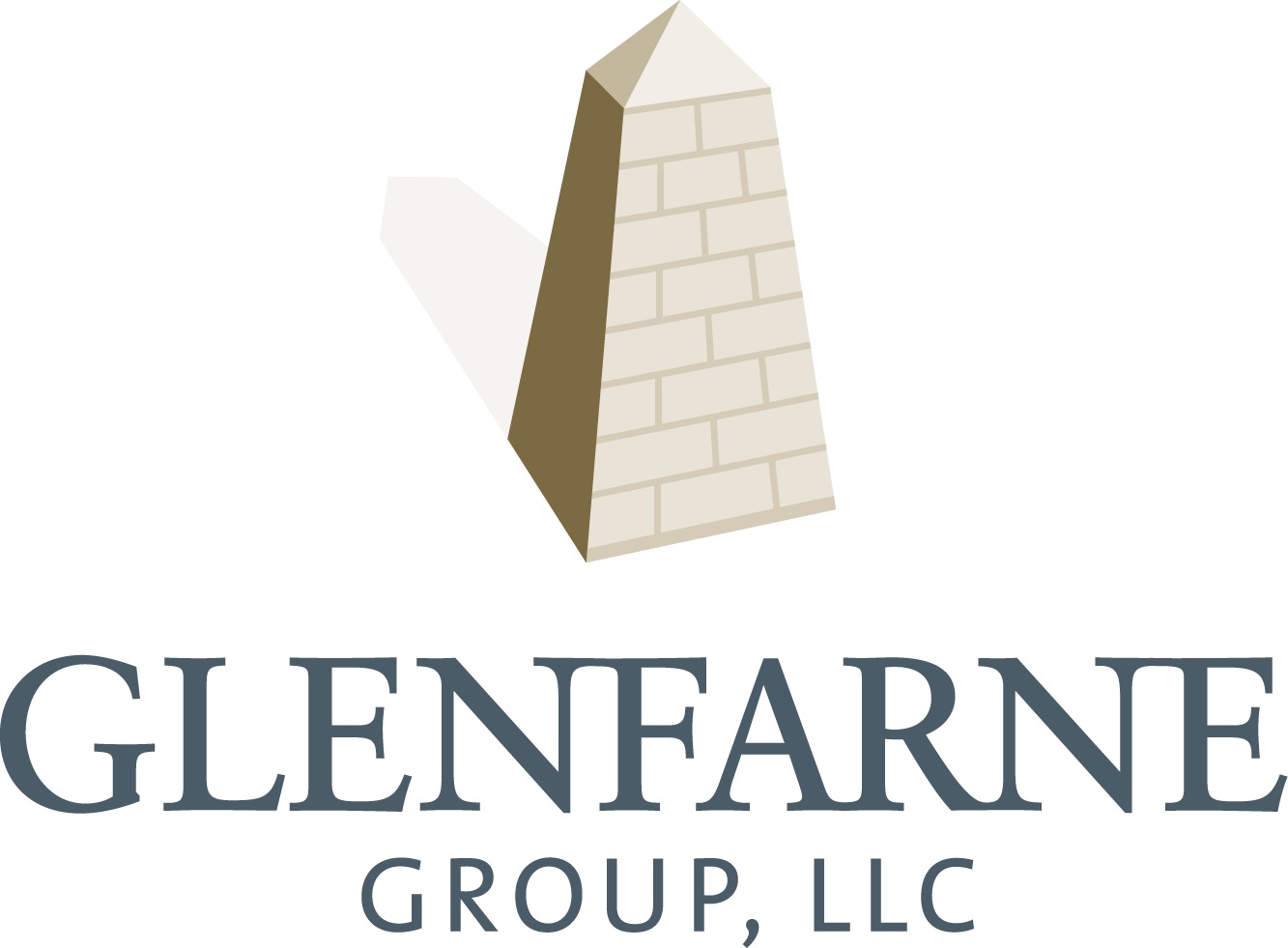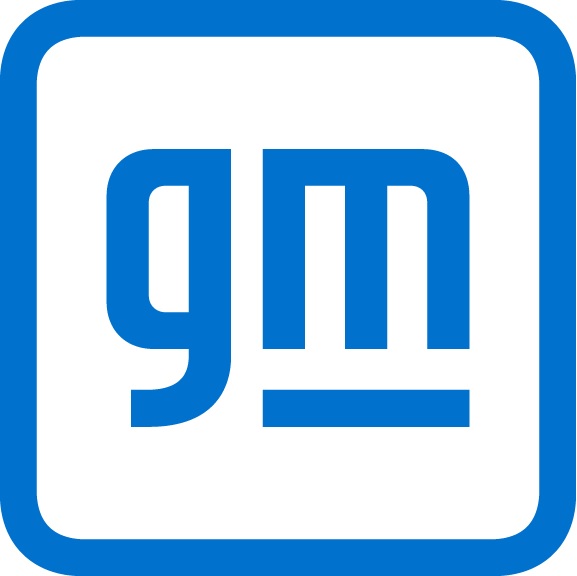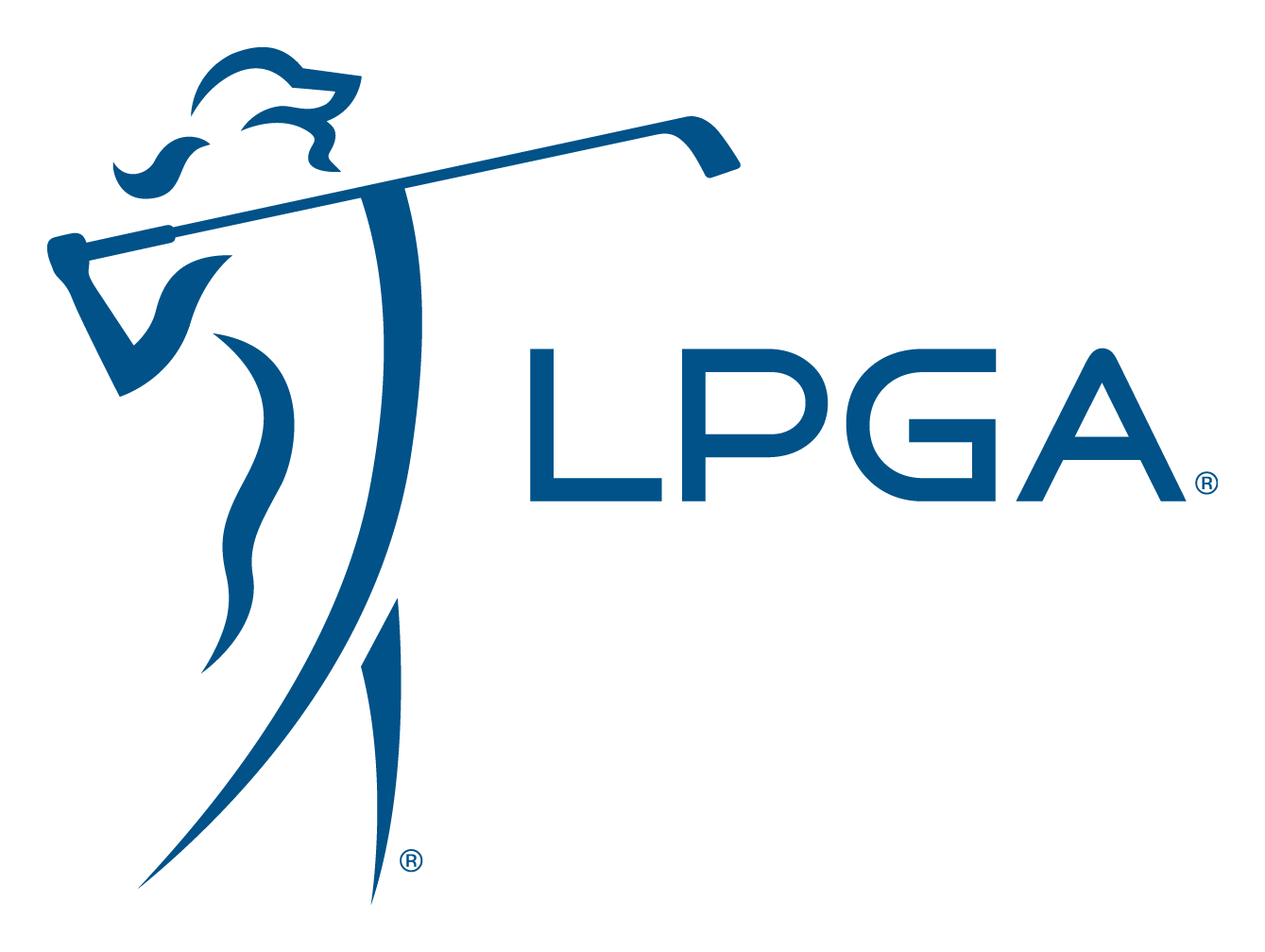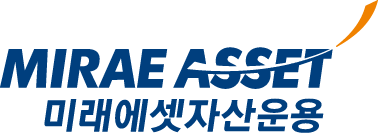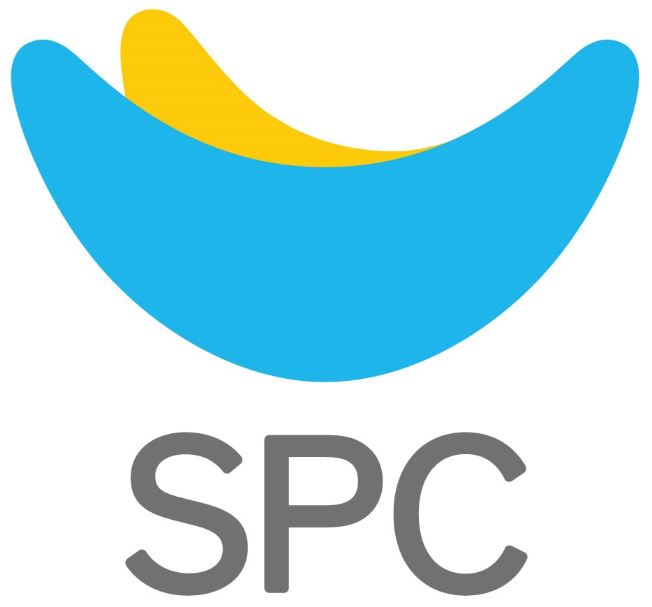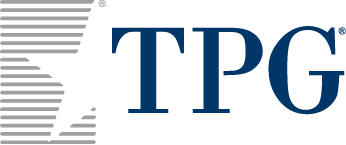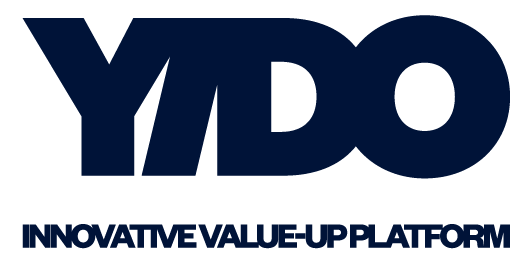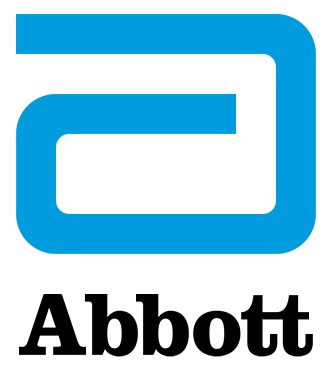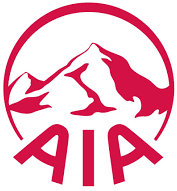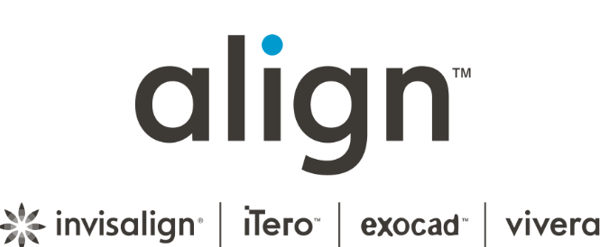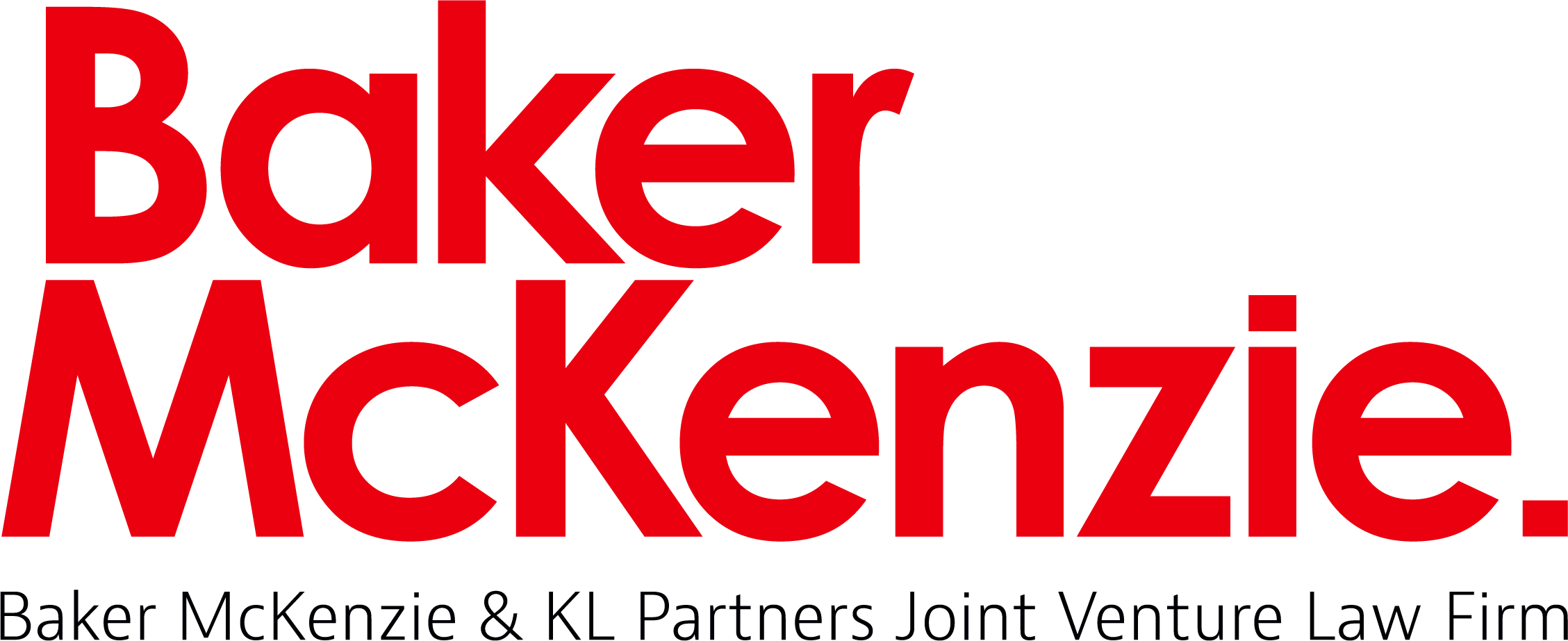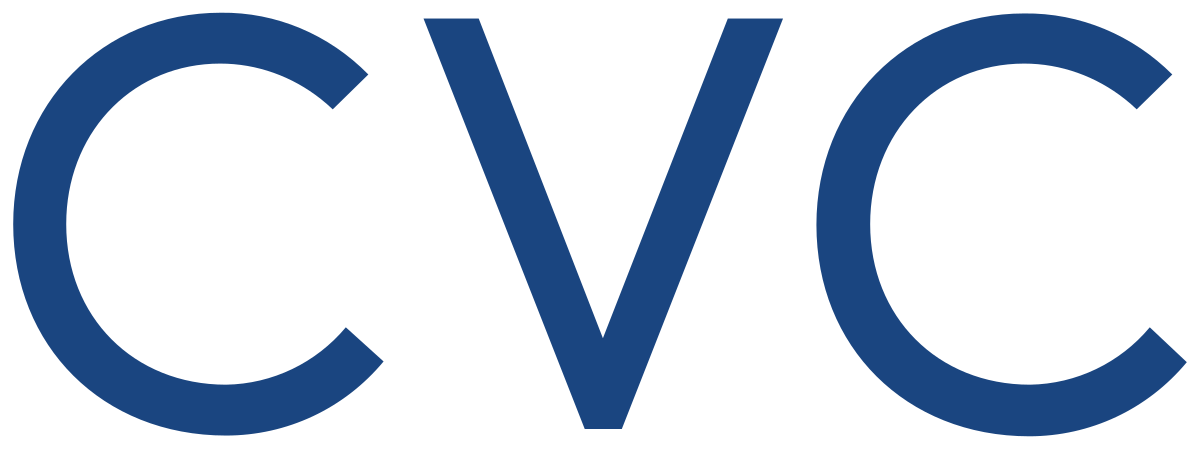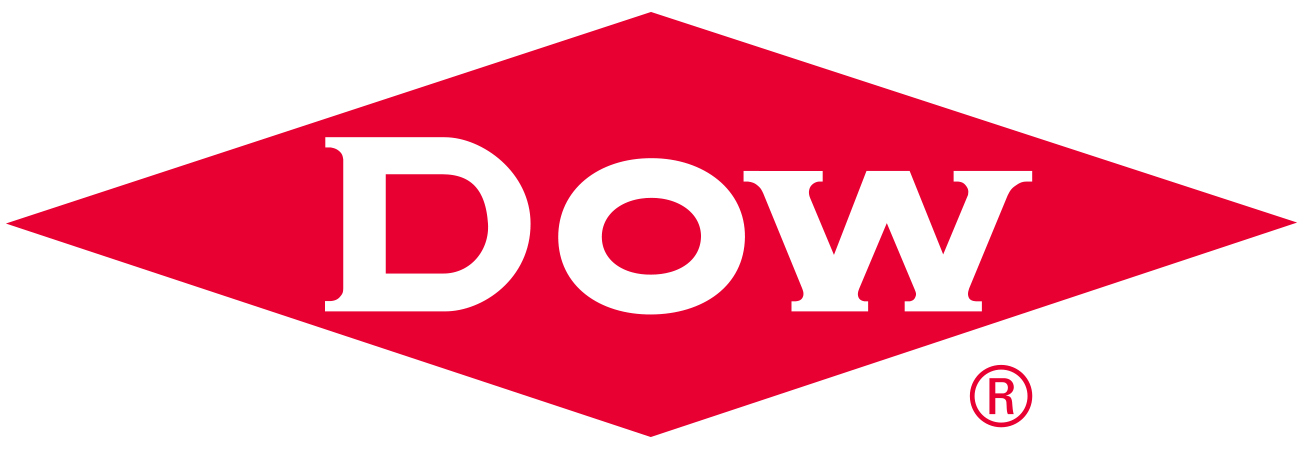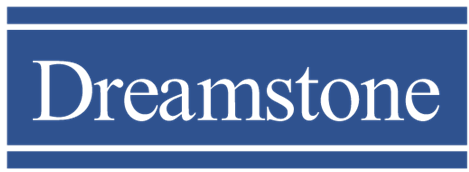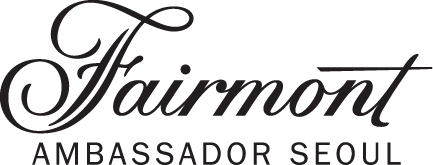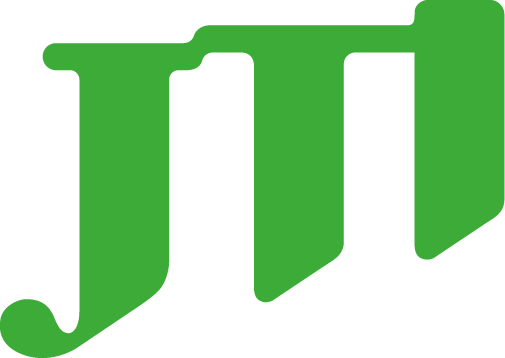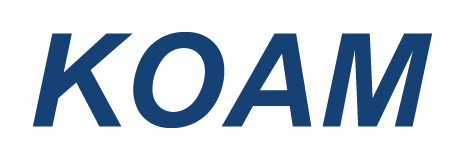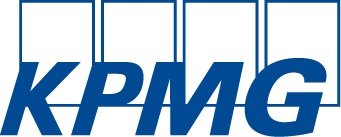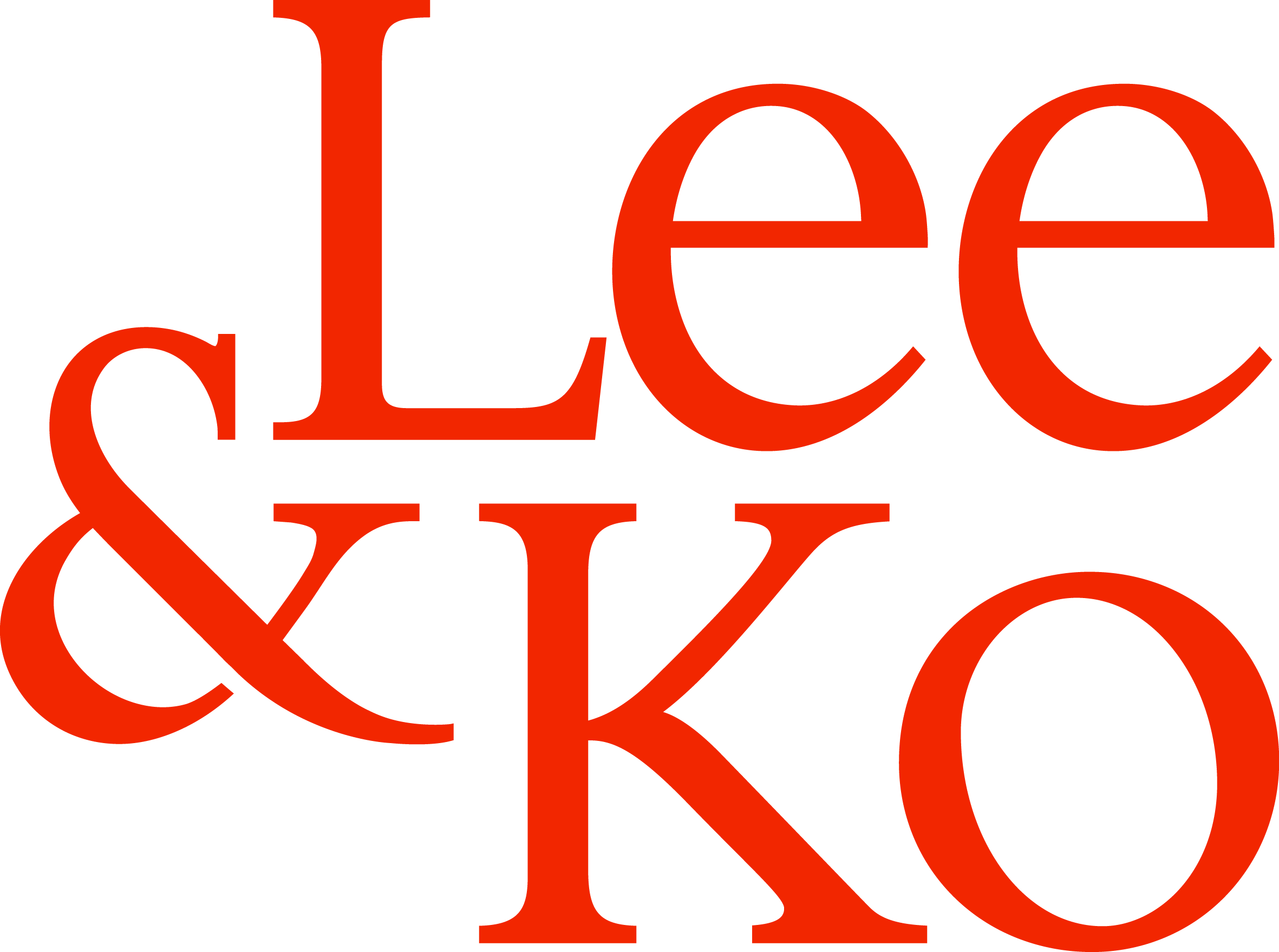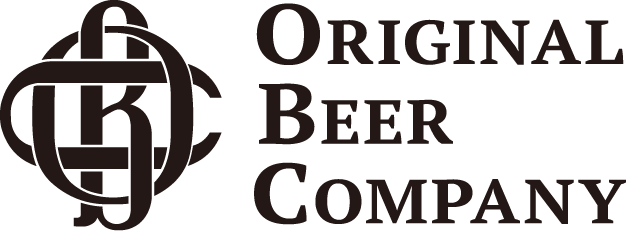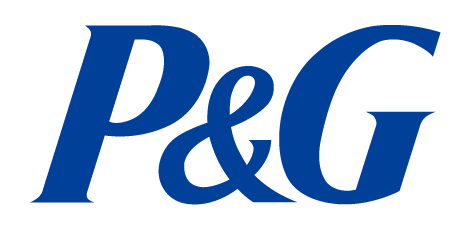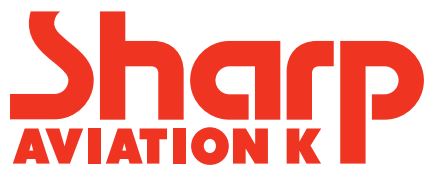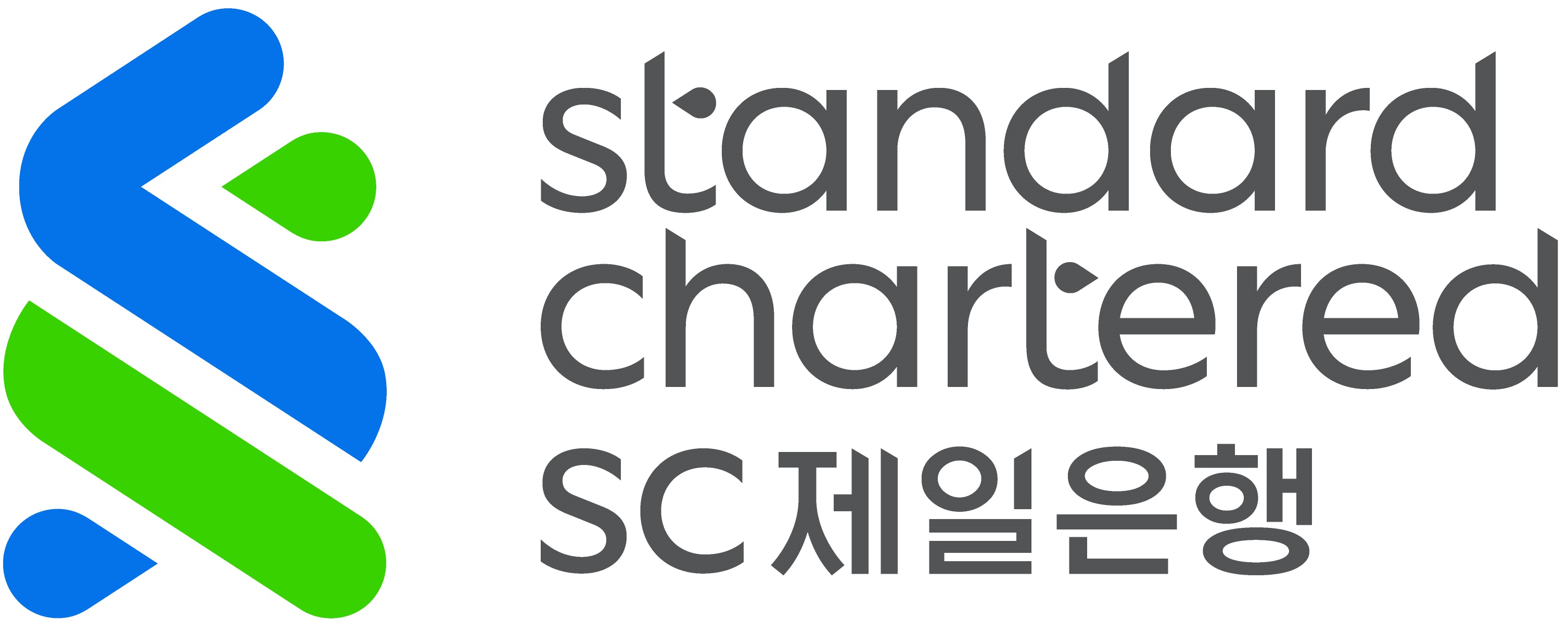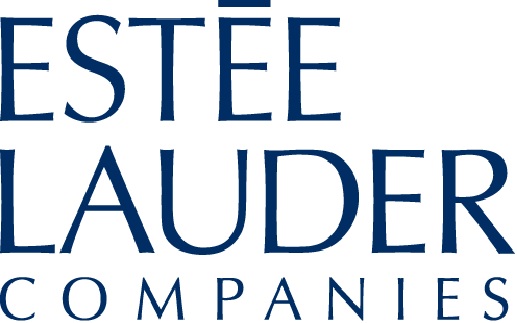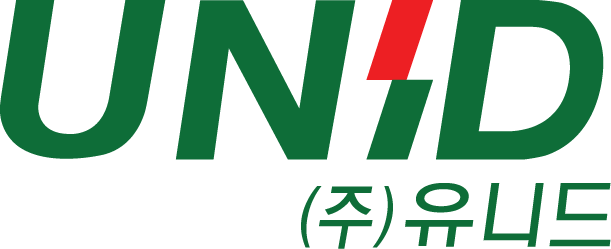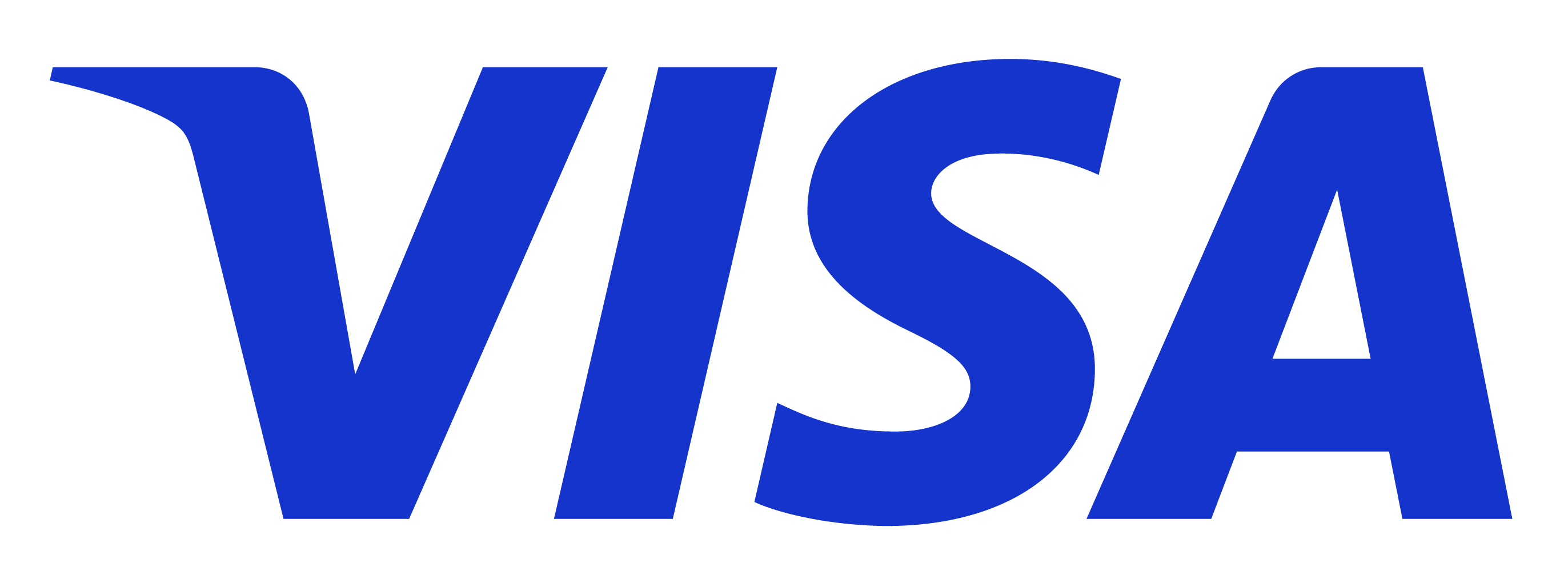Article 18. Classification of Assets
- The assets of the Chamber shall be managed with classification into basic and ordinary assets.
- Basic assets are such assets as listed in Attachment 1, which are real properties or personal properties related to the performance of the target businesses of the Chamber that have been contributed as basic assets at the time of incorporation of the Chamber and have been determined as basic assets by the Board of Directors.
- Ordinary assets are such assets other than basic assets.
Article 19. Management of AssetsWhen the Chamber intends to sell, donate, exchange, lease, or change the use of basic assets, provide basic assets as securities, assume any obligations for basic assets or waive its rights to basic assets, such matter shall be resolved at the meeting of the Board of Directors and the General Membership Meeting.
Article 20. Non-Profit Financial SourcesThe financial sources of non-profit revenues required for the maintenance and operation of the Chamber are as follows:
- Membership dues;
- Member donations;
- Income accrued from basic assets;
- Membership and committee meeting activity; and
- Others.
Article 21. Fiscal YearFiscal year of the Chamber shall be from January 1 to December 31 of each year.
Article 22. Budgeting and Settlement
- Budget for revenue and expenditures shall be prepared at least one (1) month prior to the commencement of each fiscal year and approved by a resolution of the Board of Directors.
- Settlement shall be prepared by the Chamber within two (2) months after closing of each fiscal year and approved by a resolution of the Board of Directors and ratification by voting members at the annual general membership meeting.
Article 23. Budget SupplusesThe Chamber’s surplus in budget for each fiscal year shall be included in basic assets or be used for its target businesses or operating activities through a resolution of the Board of Directors, except for those funds used for repayment of borrowings or carried over to the next fiscal year.
Article 24. 6656Officers In principal, no Directors shall be entitled to any remuneration other than the CEO, unless specifically established by resolution of the Board of Directors and ratified by the voting members.



